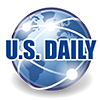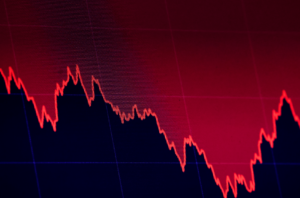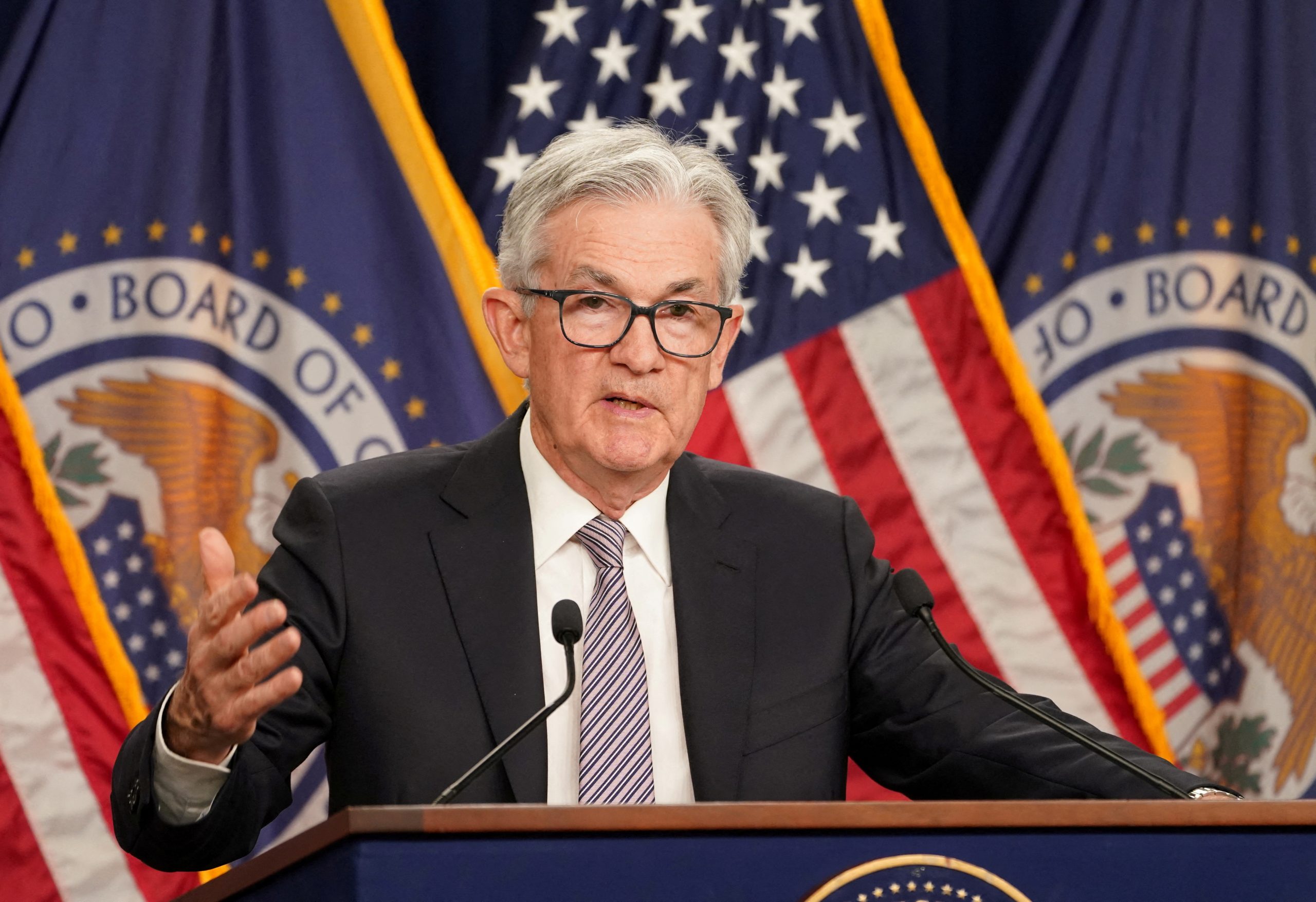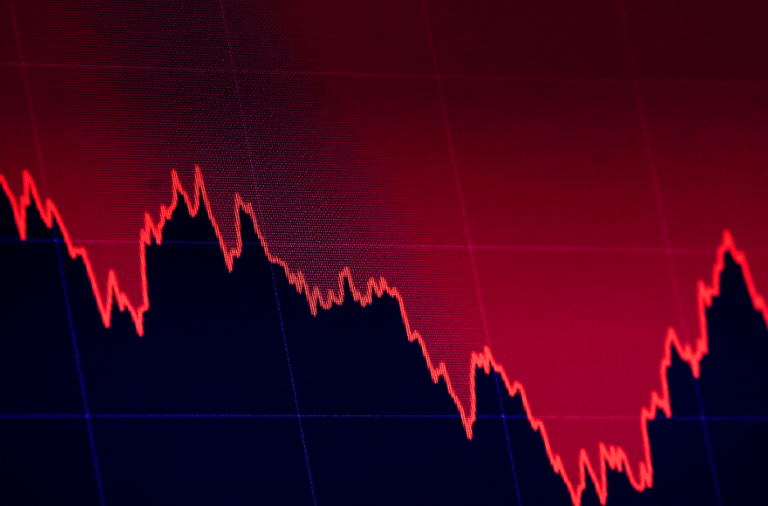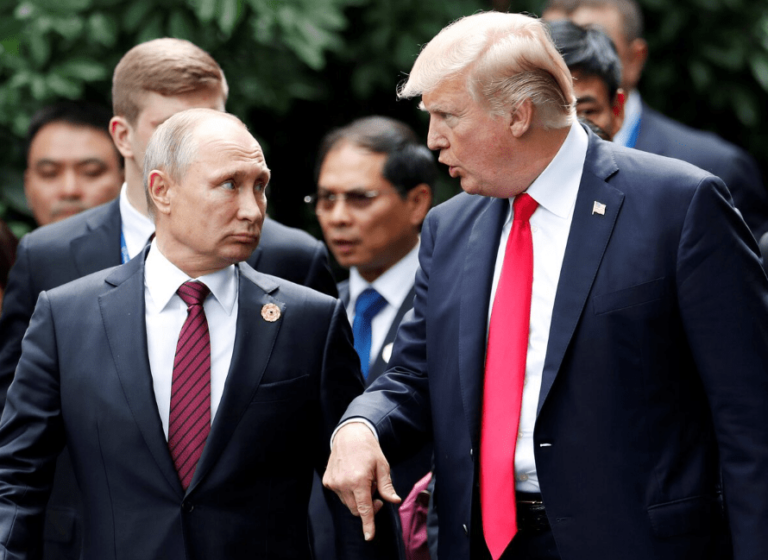In the face of a steady easing of inflation this year, the Federal Reserve remains concerned about the pace of rising prices and is poised to raise its key interest rate by a quarter-point on Wednesday. This would mark the 11th rate increase in the past 17 months, bringing the short-term rate to approximately 5.3%, the highest level seen since 2001. The impact of this move is likely to be felt across various financial domains, affecting mortgages, auto loans, credit cards, and business borrowing costs.
Despite encouraging economic developments, including surging stock prices, heightened consumer confidence, and positive unemployment rates, the upcoming rate hike underscores the lingering risks. Underlying inflation still exceeds the Fed’s 2% target, with the core inflation measure reaching 4.8% in June compared to the previous year. As long as inflationary pressures persist, the Fed may feel compelled to maintain elevated rates and consider further adjustments.
The Federal Reserve has previously signaled its intention to implement two more rate increases, with the currently expected hike included. However, some economists express concern that a series of rate hikes could potentially trigger an unwelcome recession.
Federal Reserve Chair Jerome Powell is expected to face the critical question of when the Fed might halt its rate-raising efforts during the post-meeting news conference on Wednesday. Although Powell may not disclose the Fed’s specific plans, he is likely to emphasize that future rate decisions will hinge on forthcoming economic signals and developments. The Fed’s September meeting will offer the policymakers ample data, including two additional monthly inflation reports, hiring and unemployment figures, and consumer spending and wage data.
Furthermore, Powell’s appearance at the Jackson Hole, Wyoming gathering of central bankers in late August could provide a prominent platform for signaling shifts in the Fed’s policy or strategy.
Although Powell has underscored that rate decisions will be evaluated on a meeting-by-meeting basis, some analysts predict that the Fed may skip the September rate hike, similar to its decision in June. Instead, they may choose to implement a quarter-point hike at the subsequent meeting in November. However, by then, economists anticipate that inflation and the economy will have cooled sufficiently, obviating the need for further adjustments. Consequently, the upcoming rate increase may conclude the Fed’s tightening efforts for the year.
While the Federal Reserve took early steps to tighten credit compared to other developed countries, many others are now pursuing similar paths. The European Central Bank is expected to announce its quarter-point rate hike, and the Bank of Japan is anticipated to maintain its current policies. The Bank of England, in contrast, has taken a more assertive approach, raising its key rate to a 15-year high of 5% in a bid to tackle inflation persistently running at 8.7% in the UK.
As the U.S. government releases updated consumer spending data and the Fed’s preferred inflation gauge on Friday, analysts anticipate a slowdown to 3% compared to the previous year, aligning with the most recent consumer price index report. This would signify a substantial decrease from May’s 3.8% year-over-year increase in inflation.
